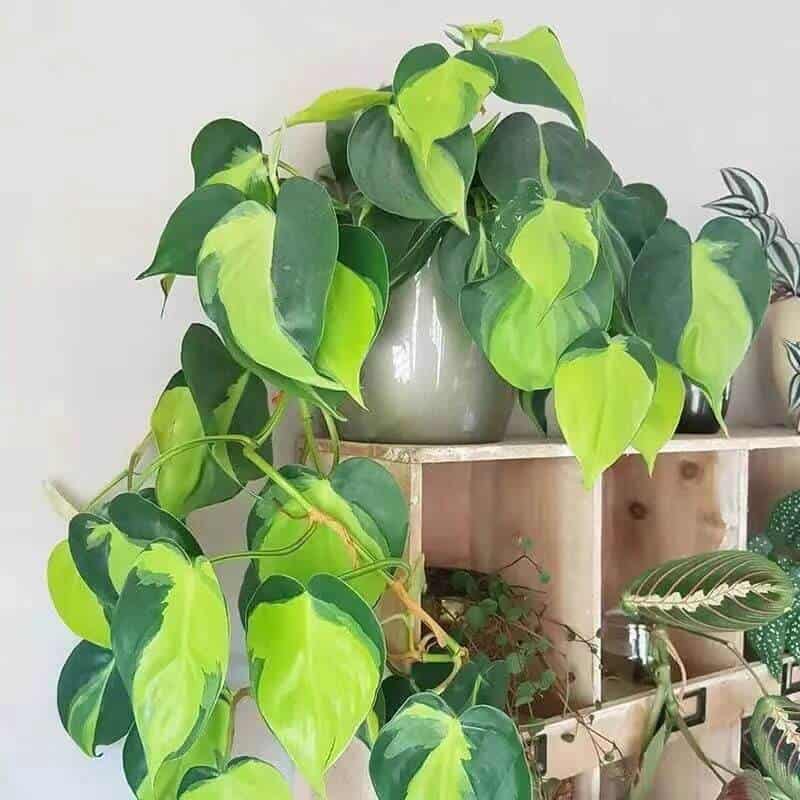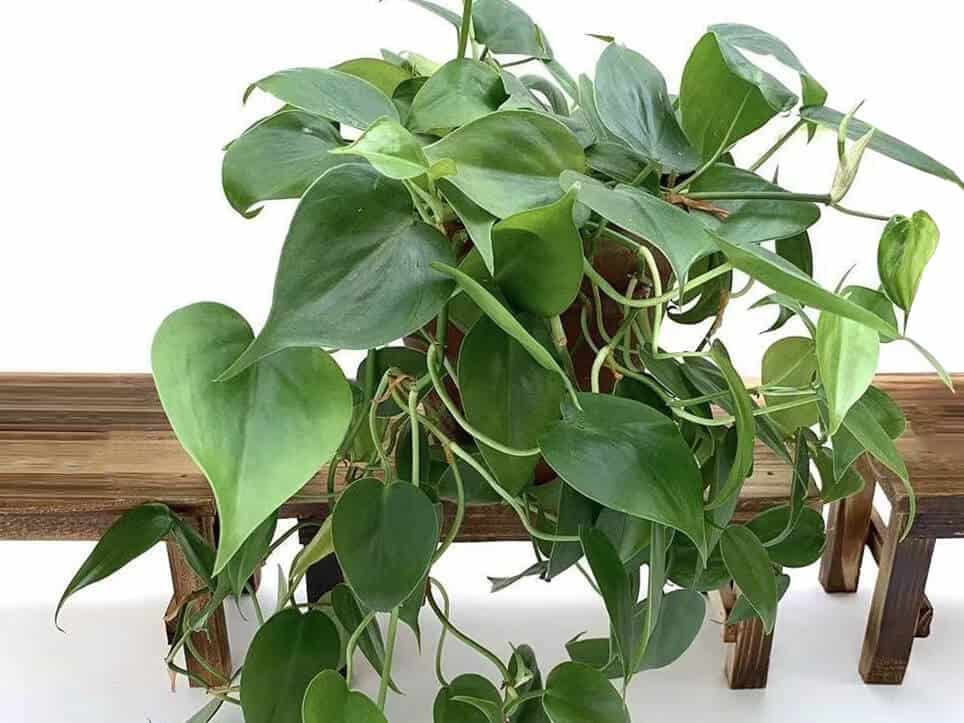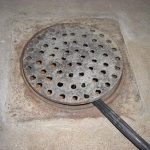In today’s world, scientists continue to find new species of plants. The Heart leaf philodendron is one such specie that gathered a lot of attention. Also known as the sweetheart plant, this plant is native to the tropical parts of the West Indies and central and south America.
This heart-shaped plant has glossy leaves that turn green after some time. The leaves are 5-12 cm long, and the stem of this plant can grow up to 4 ft. One can easily grow a heart-leaf philodendron at their house, but the growing process requires certain conditions to be fulfilled by the owner.

Let’s talk about some of the basic needs necessary for a Heart-leaf philodendron.
Heart-Leaf Philodendron Care
Sunlight
Sunlight is perhaps one of the most important aspects of growing a Heart-leaf philodendron. This plant requires bright but indirect light. Indirect light is received through something, like a glass window or a curtain. Direct sunlight is harmful to this plant as it burns down the leaves and destroys the beauty of this plant. To keep this plant safe from direct sunlight, you should arrange a spot inside your house where your Heart-leaf philodendron can receive its desired amount of sunlight. Sometimes, owners forget to keep their plants in sunlight which results in slow growth of their plants. Hence plant owners must consider sunlight as an important factor.
Soil
Heart-leaf philodendron has a specific type of soil requirement. Your plant’s soil should be well-draining as water can cause much trouble. The excess water would kill your plant if you accidentally go for soil that doesn’t drain water well. What happens is that the excess water clogs your soil and disables it from receiving any oxygen or sunlight. Thus, the root suffocates and eventually stops functioning. Hence, getting a well-draining plant for your Heart-leaf philodendron is necessary. Some good soils are peat moss mixed with sand or perlite and any soil rich in nutrients.
Water
Heart-leaf philodendrons love tepid water. The reason is that this plant comes from a tropical region where it is habitual of receiving normal water. Watering your plant with cold water might lead to different kinds of repercussions. The watering period of your plant should also be monitored. One should only water the plant when they see the soil dried up, which could lead to over-watering. Signs of over-watering are leaves turning yellow, and your plant might grow slowly. The best method to avoid over-watering is by monitoring your plant’s watering cycle. Through this, your plant would be safe from over-watering and would receive an adequate amount of water.
Temperature and Humidity
There isn’t a specific temperature requirement for Heart-leaf philodendron; however, if you’re planning on growing it, you must consider the range in which it thrives. The temperature range is somewhere between 18-35 degree centigrade. If temperatures fall below or increase from this range, you might need to follow some precautionary steps, such as keeping your plant indoors or in a cool environment. At places where temperatures drop to near-freezing points, your Heart-leaf philodendron might be vulnerable to frostbite. To avoid such issues, you must keep your plant indoors. Humidity also is quite necessary for this plant. Heart-leaf philodendron like around 40 percent humidity. However, if humidity increases from this certain percentage, it could lead to fungus on your plant. Hence it is necessary to monitor the humidity level.
Fertilizer
The best time to give a treat to your Heart-leaf philodendron is from spring to summer. It is perhaps the best period as, during spring and summer, plants tend to grow quite fast, and hence giving a small treat would speed up the process. You can use any fertilizer as long as it is perfectly diluted and isn’t highly concentrated. One should avoid giving fertilizer to their Heart-leaf philodendron in winters and extreme summers. During that period, plants are usually dormant and unresponsive to any nutrients.
Propagation
Heart-leaf philodendrons can easily be propagated through stem cuttings. You must take 3-4 stems and cut them from beneath. Afterward, keep these stem cuttings in a water-filled pot in indirect sunlight. You’ll have to keep this plant until the roots start developing. Once these small roots pop out, you’ll have to pot this into a good soil mix. Voila, you’ll now have a newly Heart-leaf philodendron at your house.
Pests diseases and Plant diseases
Pests Diseases
Common kinds of pests sometimes pay a visit to your plant. These include aphids, spider mites, and mealy bugs. They aren’t a danger to your Heart-leaf philodendron but can become a hindrance. Hence it is advisable to get rid of them. You can use a water spraying bottle or medicine to eliminate them.
Plant diseases
Common plant diseases include fungus and root rot. Both are a cause of direct sunlight and over-watering. One should monitor their watering cycle and keep their plant in a place where it doesn’t receive bright direct sunlight.




